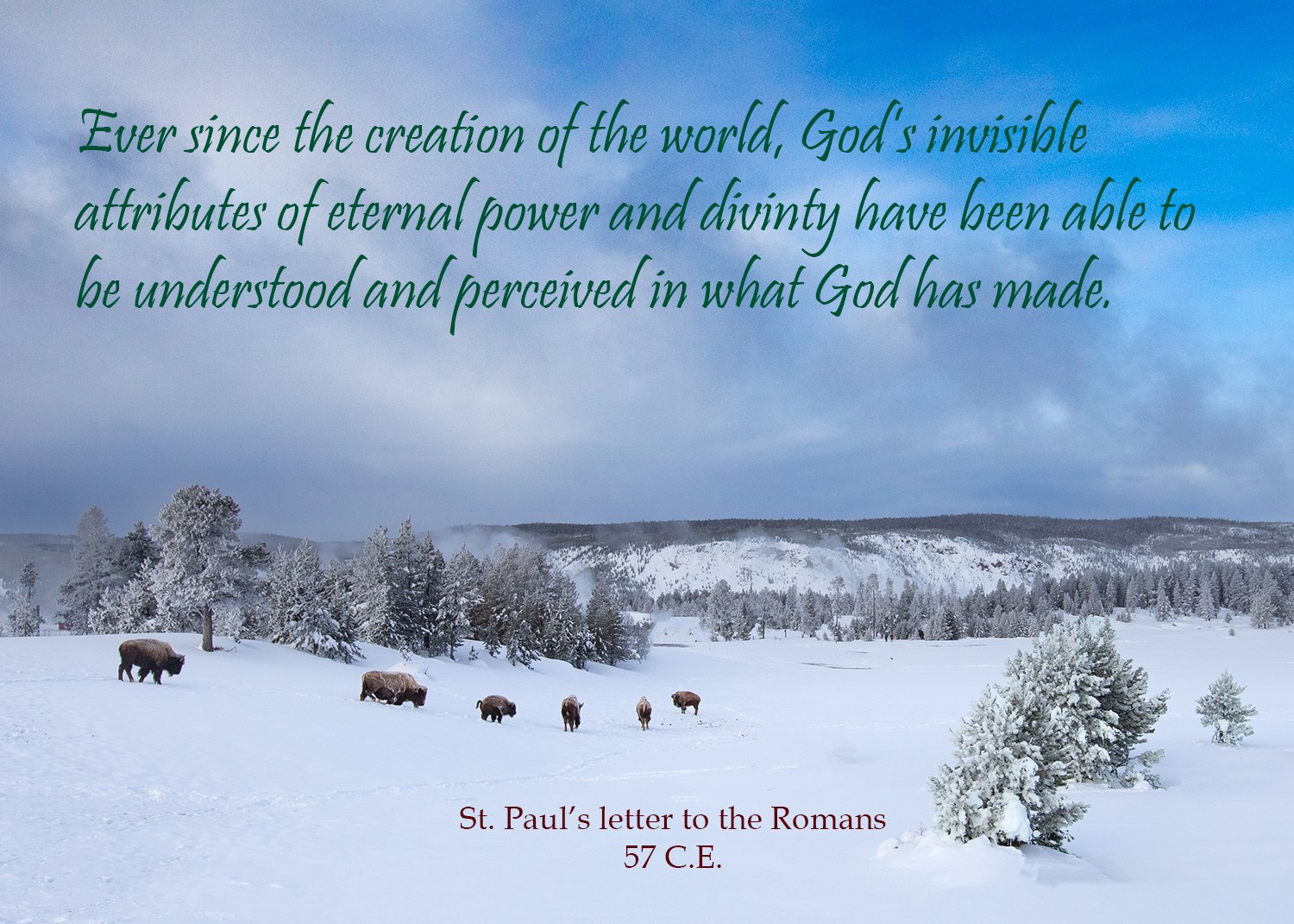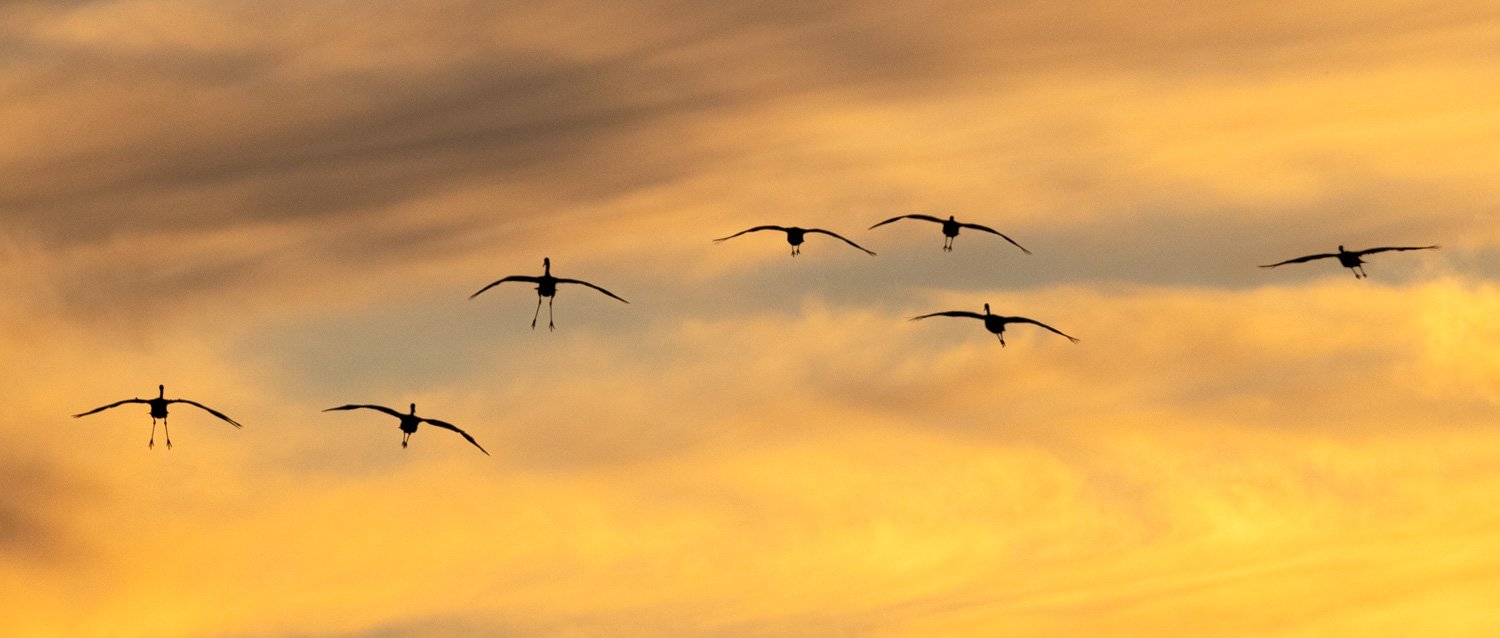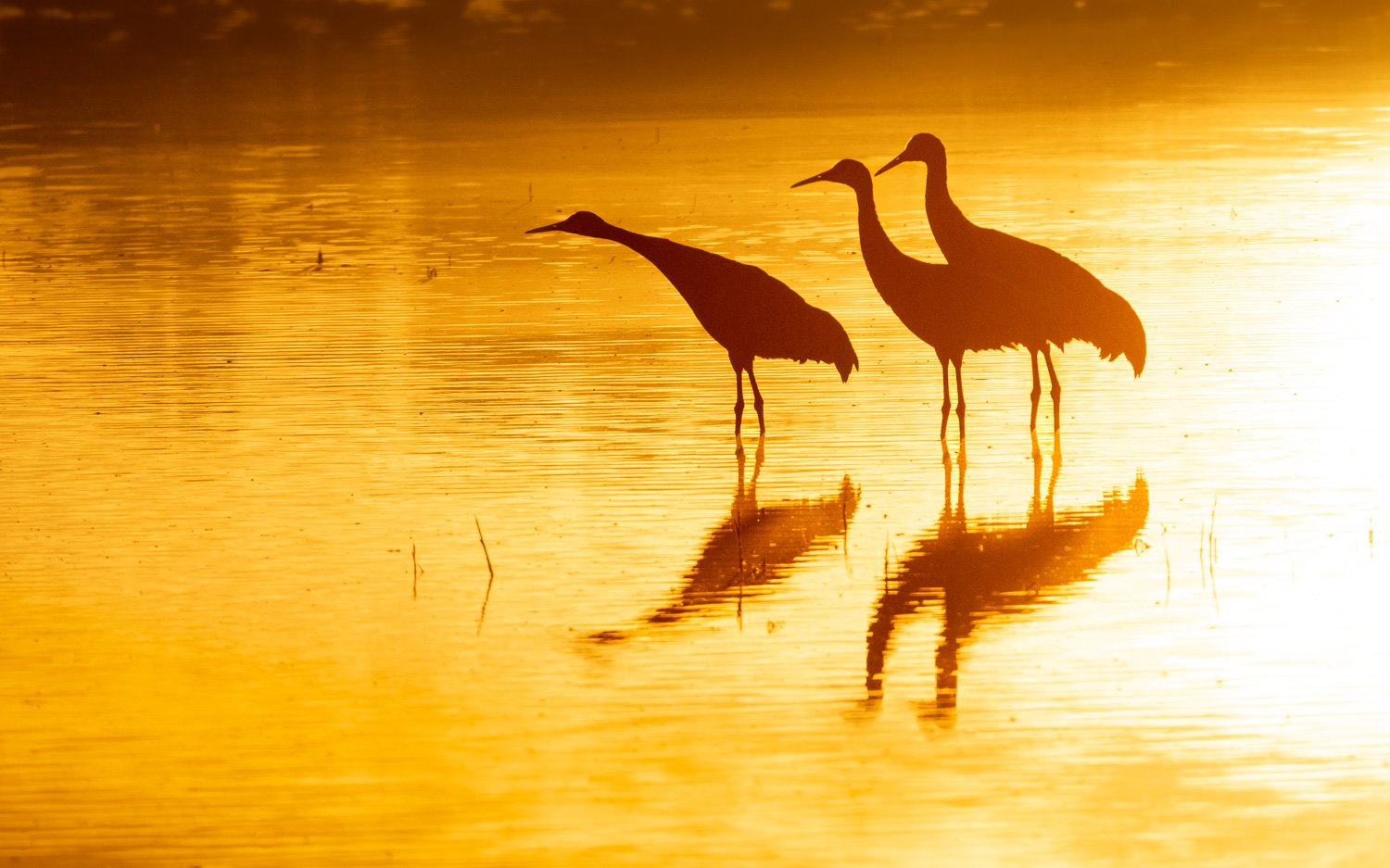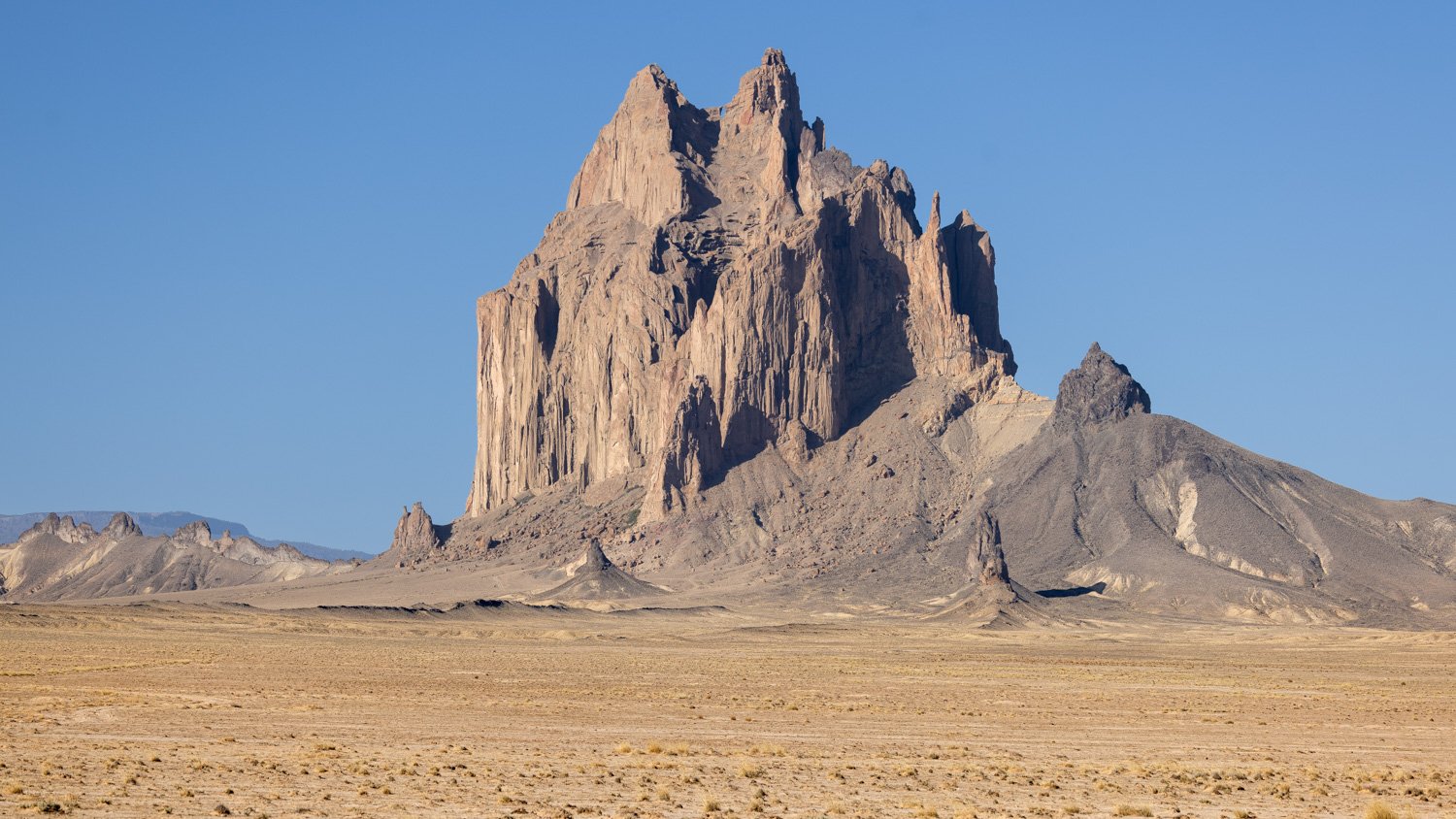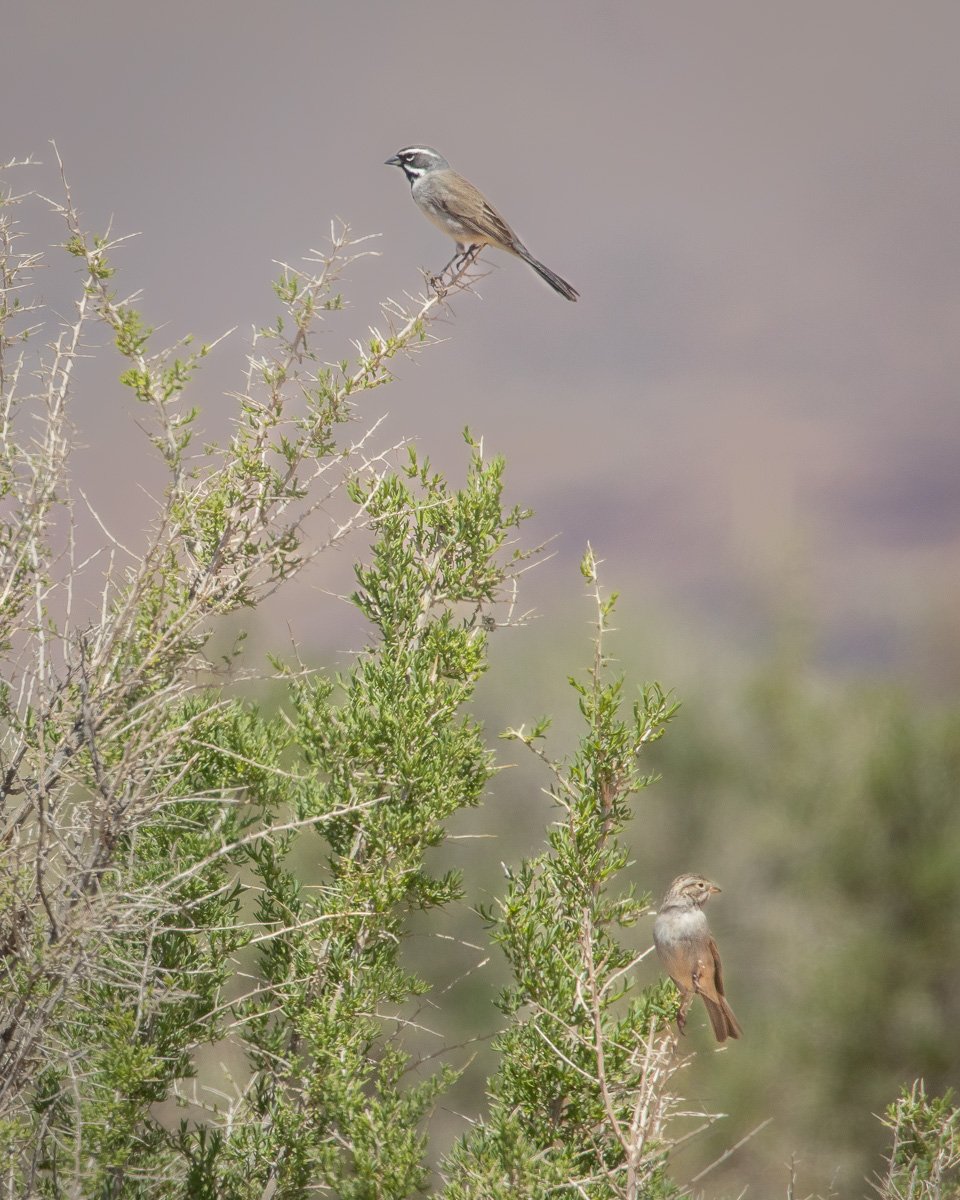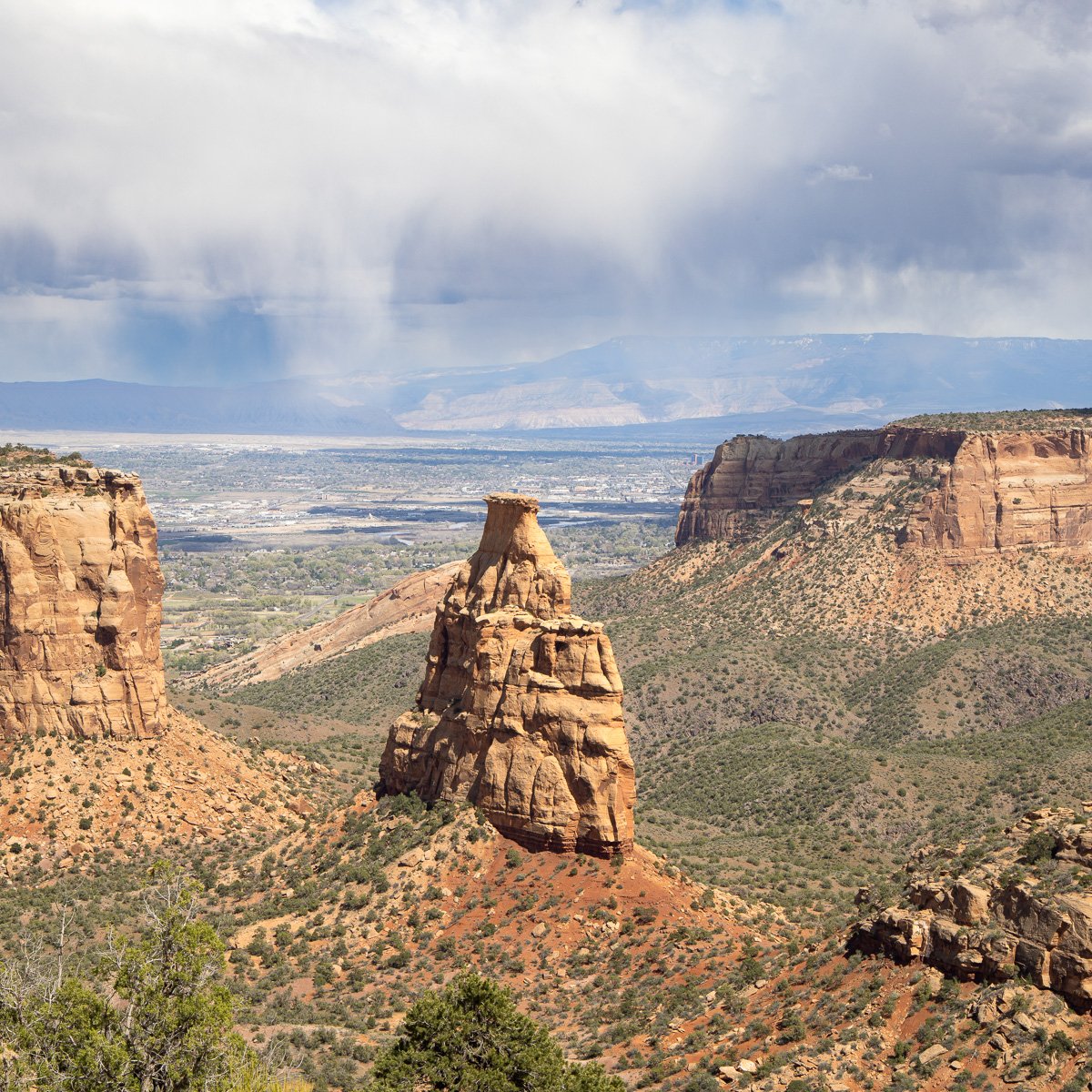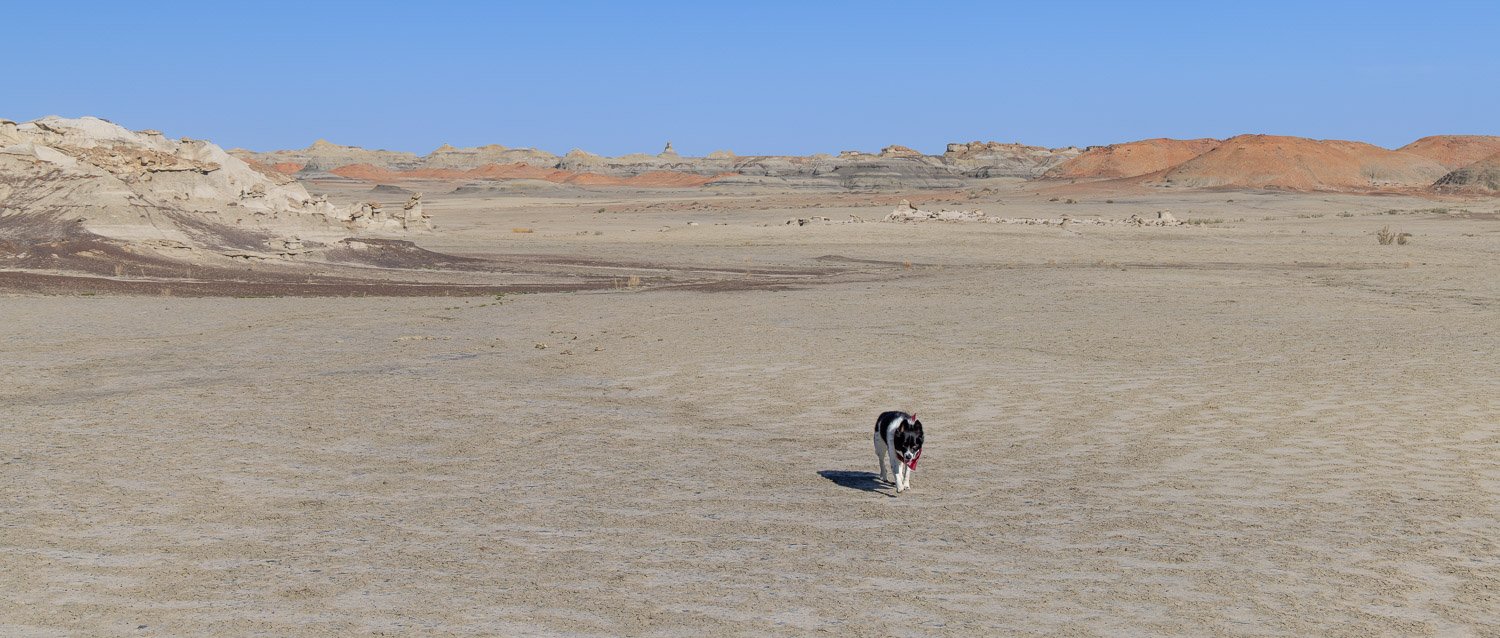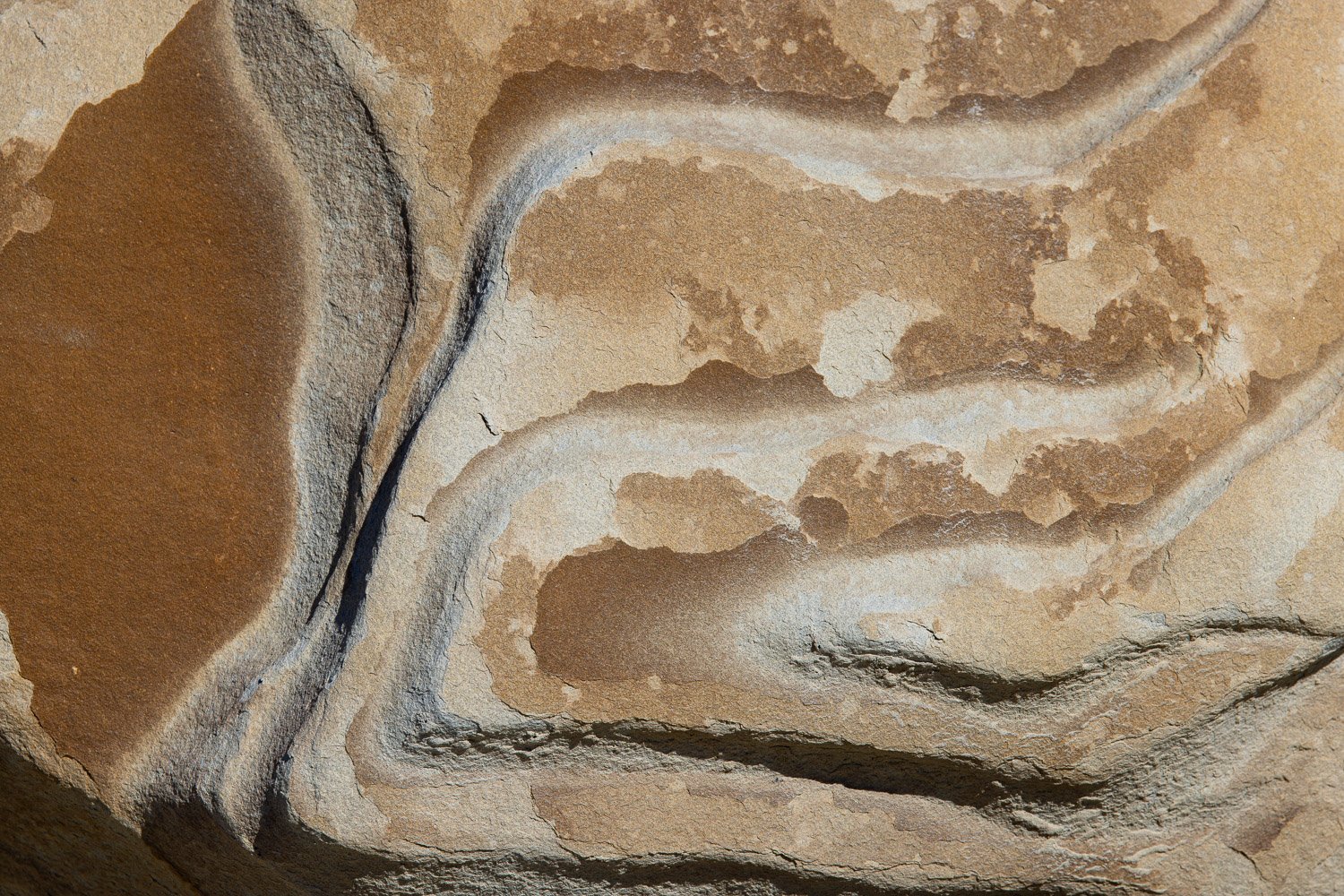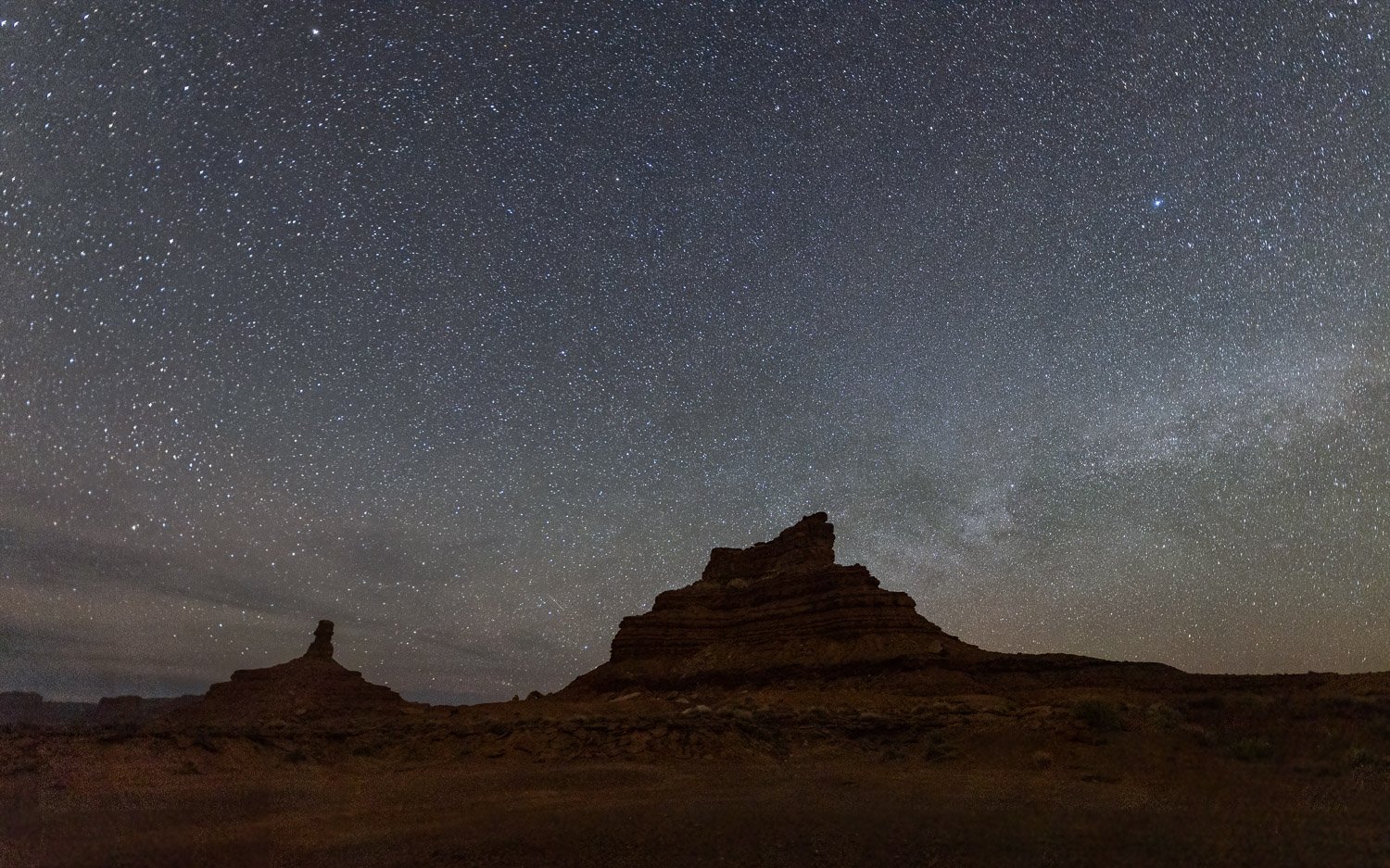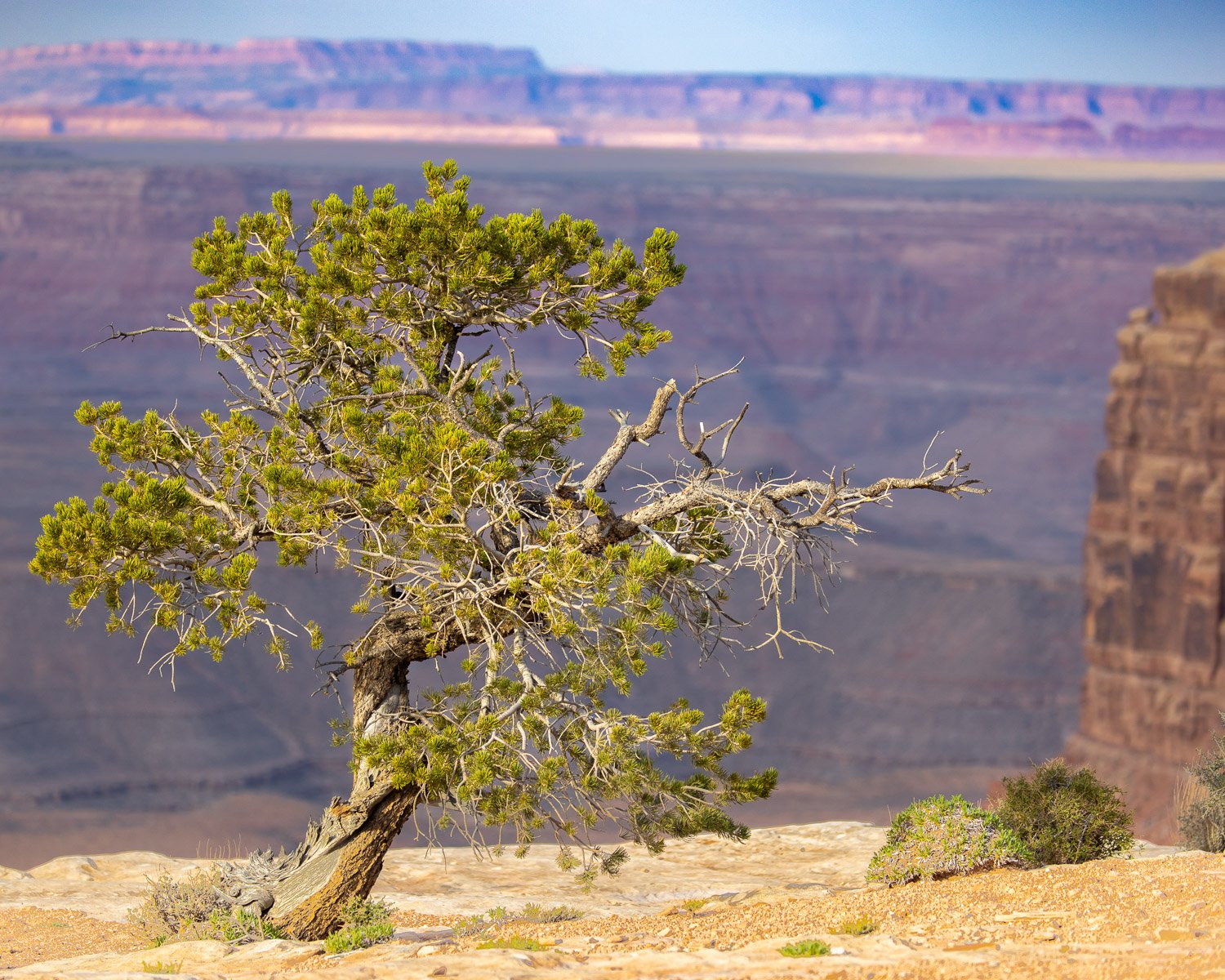Revisiting some images of past travels, and enjoying the light in the mountains. Let’s start with a little visited park in southwest Wyoming. Fossil Butte National Monument was established to protect the abundant fossils that formed in and around this once inland freshwater lake about 50 million years ago. The visitor center displays an extraordinary collection of these fossils. Outside, the high, sagebrush desert is surrounded by distant mountains. Then a beam of light broke through the clouds.
Fossil Butte National Monument, Wyoming
About 400 miles south near the Arizona border is Utah’s Coral Pink Sand Dunes State Park. Unfortunately, ATVs have free run over the dunes, but careful angles can obscure most of their tracks.
Coral Pink Sand Dunes State Park, Utah
Much further east atop Clingman’s Dome in Great Smoky Mountains National Park on the border of North Carolina and Tennessee you can view the Appalachians receding into the distance at dusk.
Great Smoky Mountains National Park, North Carolina and Tennessee
Back west for a view of a meteor slicing through the Milky Way above a moonlit Zion National Park in Utah. Hope 2023 brings you peace and beauty.
Zion National Park, Utah








